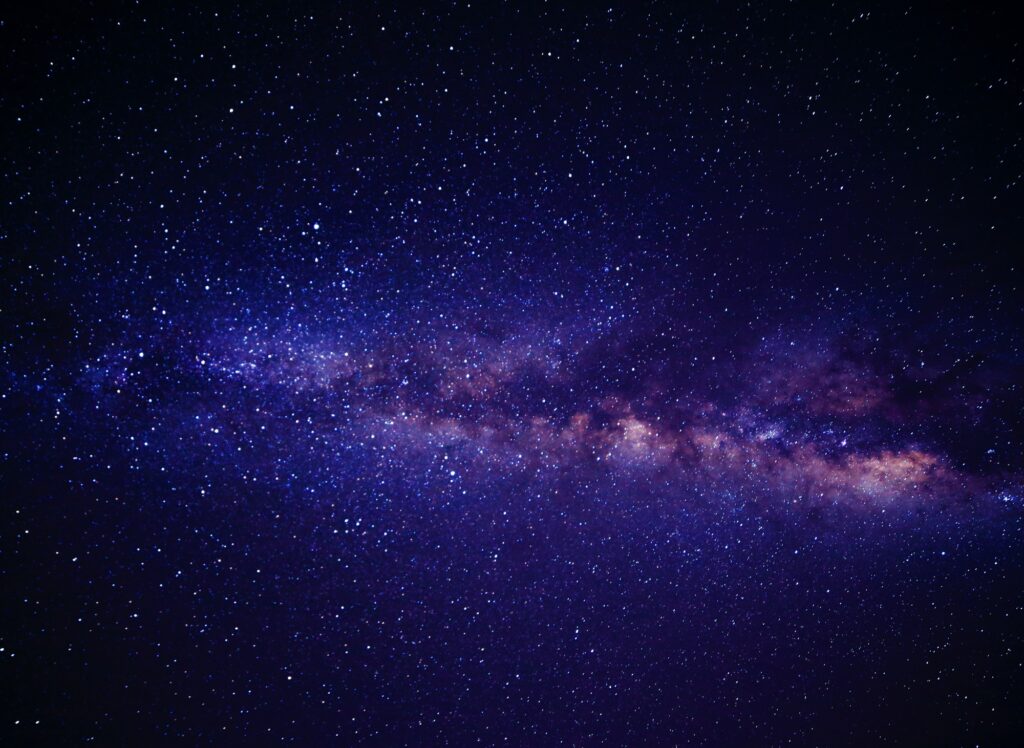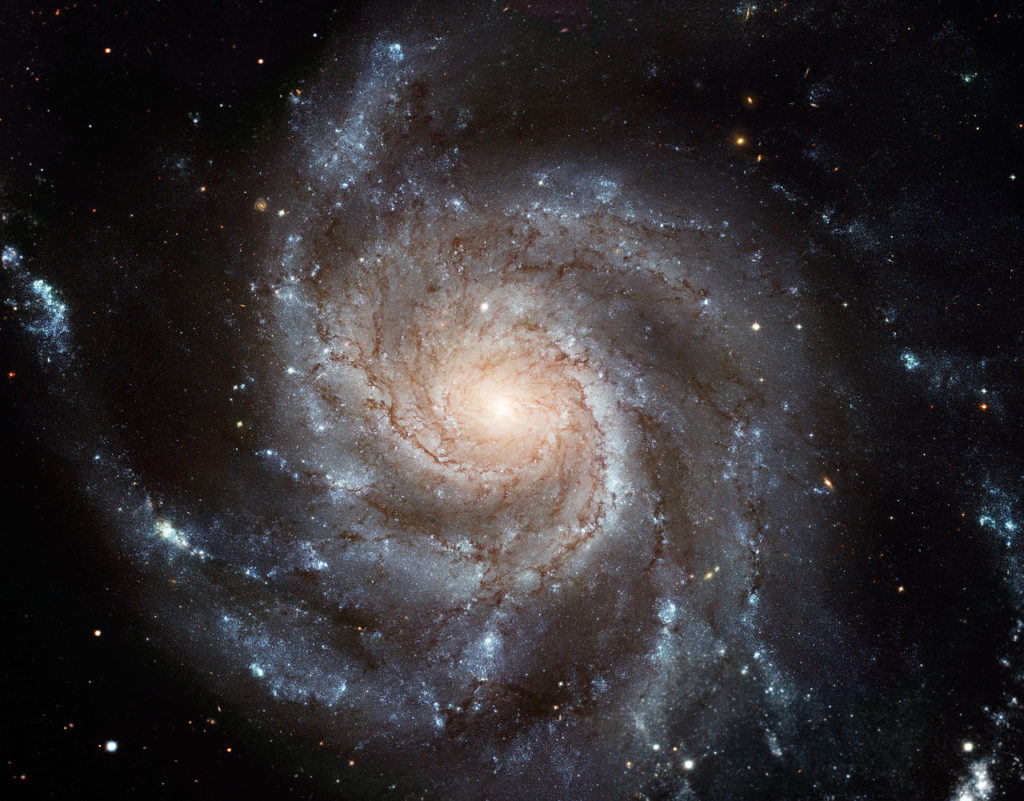
If Elon Musk is to be believed, humans will be living on another planet within the next decade. According to Musk, “We will stay on Earth forever, and eventually there will be an extinction event. The alternative is to become a space-faring and multi-planetary species — that’s what we want.”
As a prelude to manned Martian missions, Musk’s private space exploration company, SpaceX, plans to send a lander called Red Dragon to Mars by 2020.
The purpose of this mission would be to assess technology that will allow heavy payloads, such as passengers, to make it through the Martian atmosphere and land on its surface in one piece. Manned colonization missions are expected to begin in 2022.
According to John Armstrong, astrobiologist and physics professor at Weber State University, NASA has similar plans to explore the known universe, though they’re less ambitious than Musk and SpaceX.
For the previous 50 years, NASA’s goal was to map out the solar system. Now that they’ve achieved that, their plan for the next 50 years is colonization.
“NASA usually uses the term ‘roadmap’ because they don’t like to put dates on things,” Armstrong said.
Armstrong said NASA has also theorized about the possibility of sending a manned mission to one of the Martian moons, from which a rover would be dropped onto the planet.
The difference between these missions and Martian rover missions NASA has already conducted would be that the rover could be controlled in real time.
“The immediate plan is we’re currently building something called the Space Launch System, or SLS, and that is designed to be capable of taking humans to Mars,” Armstrong said. “We’ve never had a launch vehicle that could even leave Earth’s orbit with people aboard.”

“We would probably return to the moon first,”Armstrong said. “The idea is then to pick some other location, not quite the surface of Mars but far enough to test the technology for allowing people to survive the trip.”
These missions, according to Armstrong, would all be in preparation to send manned missions to the Martian surface for long-term habitation.
Armstrong also commented on Musk’s plan to have people on the Martian surface by 2022.
“The idea Elon Musk has is that they wouldn’t be sending five people to Mars to then come back a year later,” Armstrong said. “They would be sending hundreds of people to Mars who would never come back.”
Regarding the plan’s feasibility, Armstrong said, “What you could do is send up supplies ahead of time, and the reason I’m doubtful of Musk’s 2022 goal is that if you want supplies on Mars for a colony of hundreds by 2022, you need to start sending stuff yesterday.”
For reference, Apollo 17, the last United States manned mission to the moon, launched on December 7, 1972.
Armstrong remarked on the sudden increase in space travel enthusiasm, “We went to the moon for political reasons.”
“We needed a project that would demonstrate to the Russians that we could launch a vehicle with a payload, say a nuclear weapon, and land it where we want it to go. What we did with that mission was a ton of science. We brought back samples and did a lot of foundational planetary research in that mission,” Armstrong said.
Armstrong said that after the politics switched to Vietnam, the science part of space travel switched to unmanned missions for gathering samples and observing.
As to the recent increase in enthusiasm for space exploration among the general public, Armstrong said, “I think it’s driven by several hundred, maybe even a thousand people with the wherewithal to pay a company to go into orbit.”
“They want to do this as part of their life experience. We’re not doing this as part of science, we’re just being people. It’s the same reason why people spend $50,000 to climb to the top of Mount Everest,” Armstrong said.
Virgin Galactic, a human spaceflight company within the Virgin Group, has taken advantage of that demand from the uber-wealthy.
Their website reads, “Because government space agencies are not asked to help ordinary citizens to become astronauts, most of our planet’s seven billion people have had no opportunity to experience space and all of its possibilities for themselves, regardless of their passion or talents. Virgin Galactic is changing that. Our purpose is to become the spaceline for Earth; democratizing access to space for the benefit of life on Earth.”
According to Janica Cheney, director of test and research operations at Orbital ATK, who is heading up the space flight hardware divisions of NASA’s Space Launch System, space exploration technology has advanced on many fronts in the past few decades to create a more survivable environment for people in space and on other planets.
Cheney said, “We have been able to increase the ability of our life support systems to reduce the amount of feedstocks needed to support human life through recycling/recovering of waste streams. The International Space Station currently recycles roughly 60 to 70 percent of the water utilized primarily through the recycling of human waste and the recovery of airborne humidity.”

Though Mars is a large priority for NASA, it isn’t their only focus. Katrina Cardon, the mechanical configuration lead for NASA’s upcoming Lucy mission, shared some details about her project.
“Lucy is the first mission to ever explore the Trojan asteroids of Jupiter,” Cardon said. “There are really special places around planets called ‘lagrange points.’ At these locations the force of the sun pulls one way and the gravity of the planet pulls in the other. Whatever is placed in that point stays there by the balance of the pulling. Its like equally strong teams pulling on a tug of war, the middle of the rope goes nowhere.”
Cardon said that the reason NASA wants to explore these lagrange points is that when our solar system formed, a lot of materials would have gotten stuck in those lagrange points around Jupiter. It’s more or less a time capsule that will illuminate NASA as to what things were like at the birth of our solar system.
“The really cool part of the Lucy mission is that the way the spacecraft will fly through the solar system. This mission has the most diverse destinations on independent orbits ever planned. This mission will enable us to survey many different types of asteroids, many of which we have never seen before. Up to this point in time we’ve only investigated a handful of asteroids. In this single mission we will more than double what we’ve observed,” Cardon said.
Cardon also offered some advice for college students interested in astronomy and space travel. “Get involved and find a mentor who can help steer you in the right direction. Keep your grades up … even if that means slowing down and taking an extra term. Go to career fairs and find an internship in the field as soon as you can,” Cardon said.
Whatever the future of space exploration holds, enthusiasts and scientists alike are excited. Speculating on that future, Armstrong said, “Maybe people would pay to go to Mars. I could imagine a certain individual saying, ‘I will bequeath all of my worldly possessions to you if you’d take me to Mars and let me set out as a pioneer.’”













